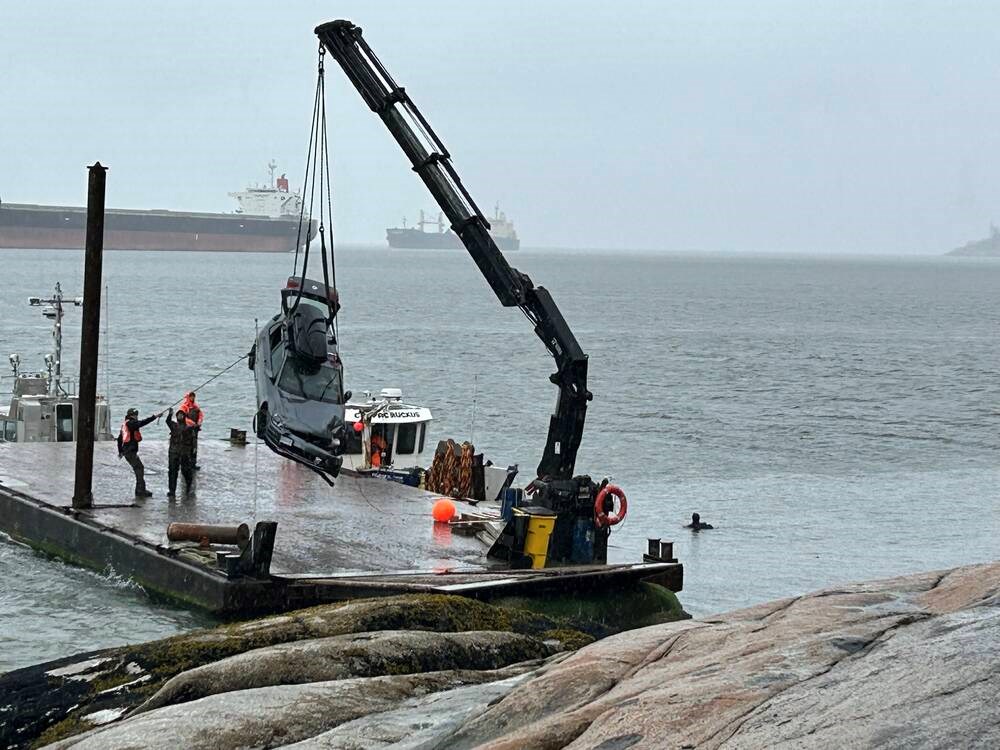The speed limit should be lower on Marine Drive in West Van
Rethinking Speed Limits for Safer Roads

The debate over speed limits is heating up, especially in residential areas. One columnist from West Vancouver has started to rethink his stance on speed limits, particularly on Marine Drive. His shift in perspective comes from a simple fact: higher speeds often lead to more severe accidents. With an aging community and rising safety concerns, it might be time to reconsider the speed limits in certain areas. This article takes a closer look at why lowering speed limits could make roads safer for everyone.
Why We Need Lower Speed Limits
The columnist shared a personal experience that opened his eyes. While driving on Marine Drive at 55 km/h, a Blue Bus tailgated him, highlighting how common speeding is. He started questioning if the current speed limit of 50 km/h was suitable for the area.
Later, in a school zone, he conducted an informal study. Out of 25 vehicles, only four slowed down below 50 km/h. This shows that many drivers ignore posted speed limits, raising serious safety concerns—especially where pedestrians and cyclists are present.
The columnist suggests lowering the speed limit on certain parts of Marine Drive to 30 km/h, especially in areas without sidewalks and where many people live. Research backs up this idea:
- A 40% drop in speed can result in over 40% fewer accidents.
- The World Health Organization states that at 30 km/h, a pedestrian’s chance of dying in a collision is just 10%, compared to 80% at 50 km/h.
INTERCARGO expresses concern over RightShip’s decision to reduce age limit
How an Aging Population Changes Road Safety
West Vancouver has a large elderly population, with nearly 29% of residents aged 65 or older. This makes road safety even more important. Older adults may have slower reflexes, making them more vulnerable as both drivers and pedestrians.
Some cities are already taking action. For example, Victoria has lowered speed limits to address similar safety concerns. Toronto saw pedestrian-vehicle collisions drop by 28% after reducing speed limits in certain areas. Similarly, London reported a 42% reduction in road accidents when they introduced 30 km/h zones.
Marine Drive presents unique challenges with its shared roads. Cars, bikes, and pedestrians all use the same space, increasing the chances of accidents. Lowering the speed limit could make these roads much safer, especially for the elderly and children.
The Benefits Outweigh the Drawbacks
Lowering speed limits may slightly inconvenience drivers, but the safety benefits far outweigh the drawbacks. Slower speeds give drivers more time to react, reducing the risk of accidents. Communities that have adopted lower speed limits have seen fewer injuries and fatalities, making their streets safer for everyone.
